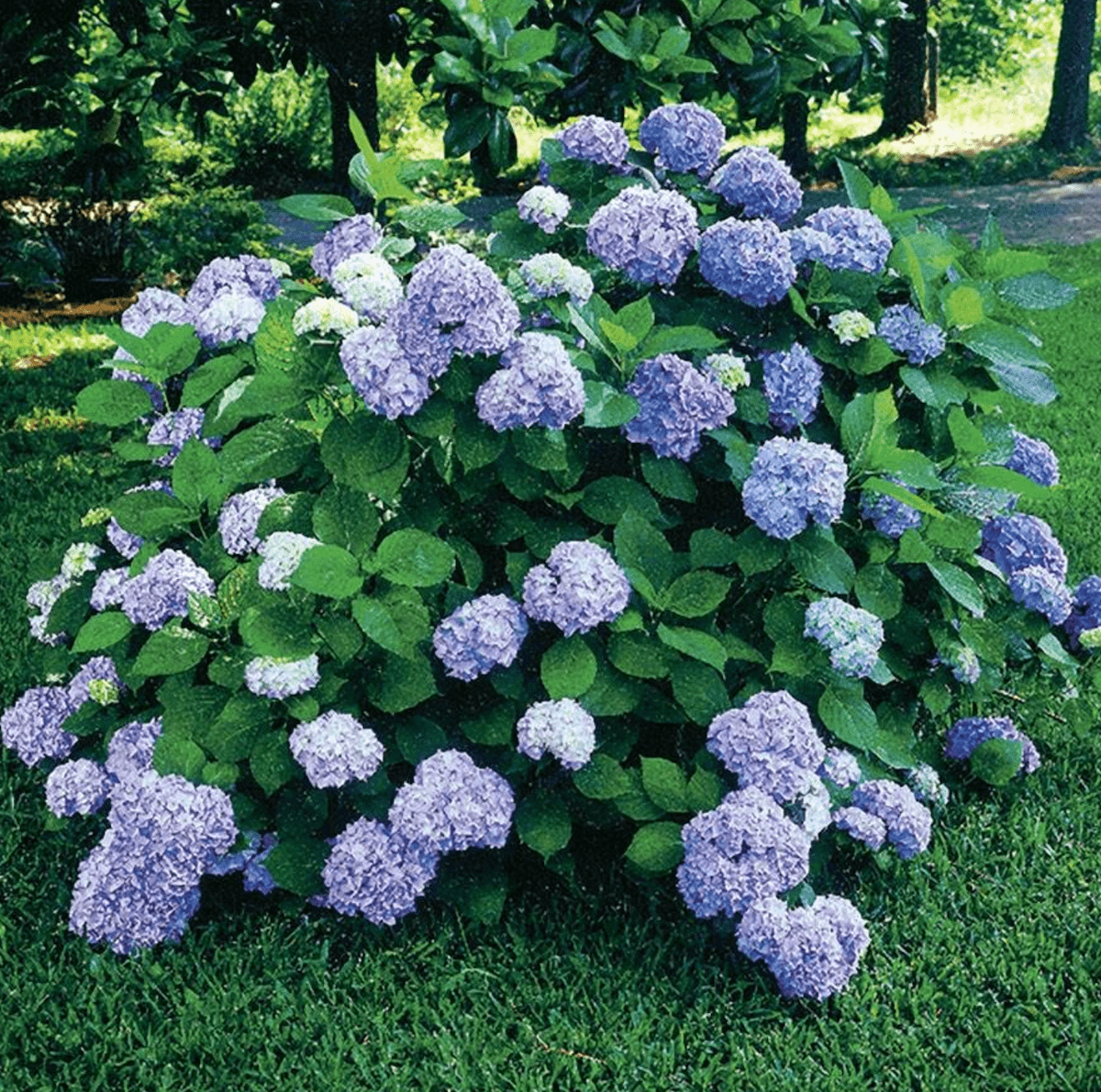Pale Blue Hydrangeas: The Ultimate Guide To Growing And Enjoying These Beautiful Flowers
Pale Blue Hydrangeas: The Ultimate Guide to Growing and Enjoying These Beautiful Flowers
Pale blue hydrangeas are a stunning addition to any garden. Their delicate blooms are a beautiful contrast to the lush green leaves, and they can add a touch of elegance to any outdoor space.
If you're thinking about adding pale blue hydrangeas to your garden, there are a few things you need to know. First, it's important to choose the right variety. There are many different types of hydrangeas, and not all of them will produce pale blue blooms.
The most common type of hydrangea that produces pale blue blooms is the bigleaf hydrangea (Hydrangea macrophylla). This variety is known for its large, showy flowers that can grow up to 12 inches in diameter. Other types of hydrangeas that can produce pale blue blooms include the lacecap hydrangea (Hydrangea paniculata) and the smooth hydrangea (Hydrangea arborescens).
Once you've chosen the right variety, you need to plant your hydrangeas in the right location. Hydrangeas prefer full sun or partial shade, and they need well-draining soil. If your soil is alkaline, you may need to add some peat moss or sulfur to lower the pH.
Hydrangeas are relatively easy to care for. They need regular watering, especially during the first year after planting. You should also fertilize them every spring with a balanced fertilizer.
In the fall, you'll need to prune your hydrangeas. This will help to keep them healthy and encourage new growth. Pruning should be done after the flowers have faded.
With proper care, your pale blue hydrangeas will bloom for many years to come. They're a beautiful addition to any garden, and they'll add a touch of elegance to your outdoor space.
Here are some additional tips for growing and enjoying pale blue hydrangeas:
- Water your hydrangeas deeply and regularly, especially during the hot summer months.
- Fertilize your hydrangeas every spring with a balanced fertilizer.
- Mulch around your hydrangeas to help retain moisture and suppress weeds.
- Prune your hydrangeas in the fall after the flowers have faded.
- Protect your hydrangeas from strong winds and cold winter weather.
With proper care, your pale blue hydrangeas will bloom for many years to come. They're a beautiful addition to any garden, and they'll add a touch of elegance to your outdoor space.
Pale blue hydrangeas are a stunning sight, with their delicate petals and soft color. If you're looking for more information about these beautiful flowers, I recommend visiting . This website has a wealth of information about pale blue hydrangeas, including their history, care, and cultivation. You can also find photos and videos of these flowers, as well as tips on how to add them to your own garden.
In addition to providing information about pale blue hydrangeas, also offers a variety of other resources for gardeners. You can find articles on other types of hydrangeas, as well as tips on how to care for all types of flowers. There is also a forum where you can ask questions and get advice from other gardeners.
I highly recommend visiting if you're interested in learning more about pale blue hydrangeas. This website is a valuable resource for gardeners of all levels of experience.
FAQ of pale blue hydrangea
Q: Why are my hydrangeas pale blue?
A: The color of hydrangeas is determined by the acidity of the soil. In acidic soils, hydrangeas will bloom in shades of blue, while in alkaline soils, they will bloom in shades of pink or red. If your hydrangeas are pale blue, it is likely that the soil is not acidic enough. You can test the pH of your soil with a pH test kit, and then adjust the acidity accordingly.
Q: How can I make my hydrangeas more blue?
A: There are a few things you can do to make your hydrangeas more blue. First, make sure that the soil is acidic. You can do this by adding peat moss, pine needles, or sulfur to the soil. You can also water your hydrangeas with rainwater or distilled water, as these types of water are naturally acidic.
Q: What is the most common blue hydrangea?
A: The most common blue hydrangea is the Nikko Blue. This variety is known for its large, blue blooms that bloom in late spring and early summer. Other popular blue hydrangea varieties include Endless Summer, Bluebird, and Annabelle.
Q: What are some tips for caring for pale blue hydrangeas?
A: Pale blue hydrangeas are relatively easy to care for. They need full sun to partial shade and well-drained soil. They should be watered regularly, especially during the summer months. You should also fertilize them in the spring and fall.
Q: What are some common pests and diseases that affect pale blue hydrangeas?
A: Pale blue hydrangeas are susceptible to a few pests and diseases, including aphids, scale, and powdery mildew. You can control these pests and diseases with insecticidal soap or neem oil.
Image of pale blue hydrangea
- Image 1: A close-up of a pale blue hydrangea blossom, with soft, delicate petals.

- Image 2: A cluster of pale blue hydrangeas, in full bloom.
- Image 3: A pale blue hydrangea bush, with lush green leaves and beautiful blooms.

- Image 4: A pale blue hydrangea in a vase, on a white table.

- Image 5: A pale blue hydrangea painting, with a soft, dreamy quality.


Post a Comment for "Pale Blue Hydrangeas: The Ultimate Guide To Growing And Enjoying These Beautiful Flowers"